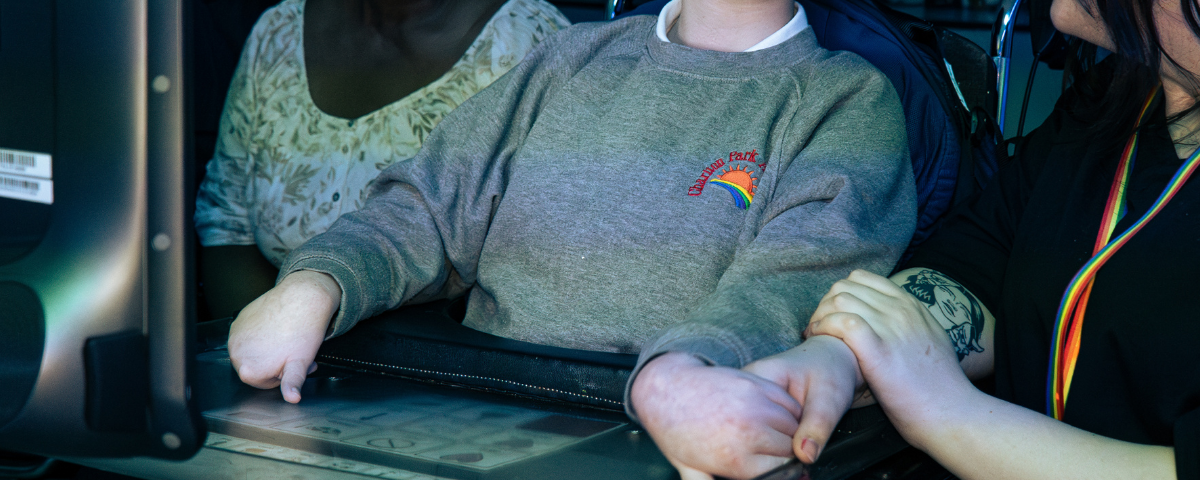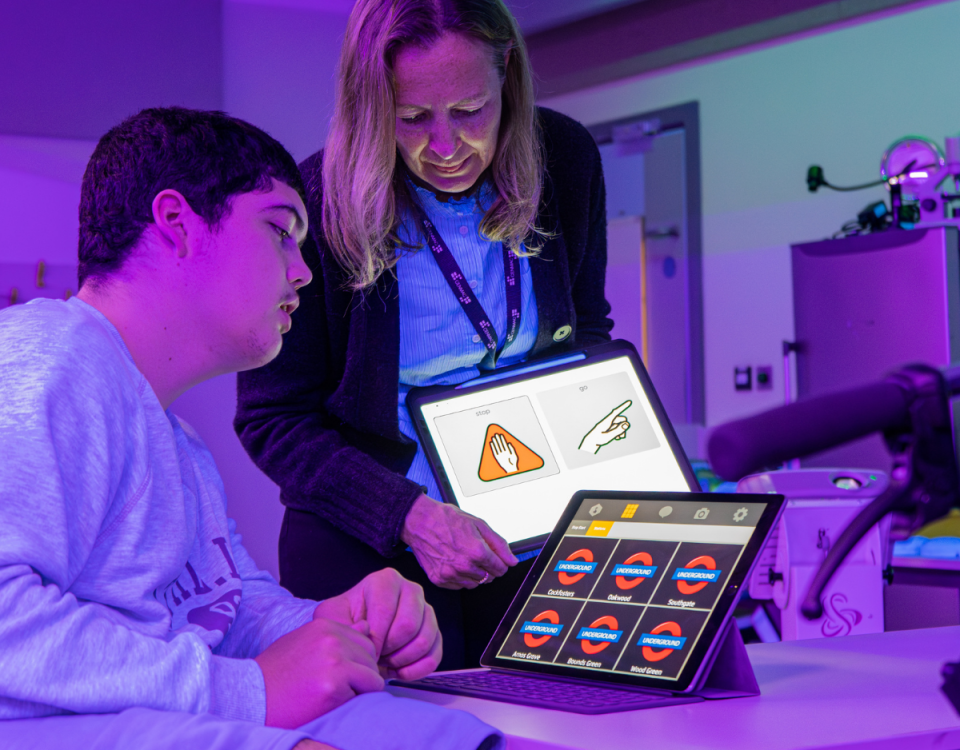
Understanding Binocular Vision: Insights from Lisa Donaldson
December 27, 2024
Sight Test Essentials for Individuals with Complex Needs: Insights from Lisa Donaldson
December 27, 2024Diagnostic overshadowing occurs when healthcare professionals attribute a person’s symptoms to their learning disability, overlooking other potential factors such as biological determinants. This phenomenon is increasingly recognised as a major contributor to health inequalities experienced by people with learning disabilities.
A Case Study: Overcoming Diagnostic Overshadowing
Lisa Donaldson, Head of Eyecare and Clinical Lead Optometrist at SeeAbility, shared a powerful example of diagnostic overshadowing and its impact on a young man’s life.
Lisa describes:
*"A classic example of diagnostic overshadowing is that of a young man we met. He was 14, profoundly deaf, and in a low-functioning autistic class.
When he came to us, his history form said, 'You won't be able to test him. No useful form of communication.'
He came with two-to-one support, and it took several sessions to build enough trust to approach him and shine a light towards his face. Gradually, we made progress. Although I couldn’t perform a full vision assessment, just little flashes of light in his eye revealed that he was very short-sighted.*
Lisa continues:
*"Fast forward a year, we discovered he was -16. This meant that, without glasses, he couldn’t see past the tip of his nose.
Many of his previous behaviours, such as not engaging with people, avoiding eye contact, getting very close to people’s faces, and appearing aggressive, had been attributed to his autism. In reality, he was trying to see people’s faces.
Now, with glasses, his life has transformed. He is out of that class, learning BSL (British Sign Language), communicating, and even riding a bike. We can now perform a picture test, and he can read the bottom line of a picture chart with his glasses.
Before glasses, his level of vision would have made him registerable as severely sight impaired. This young man has gone from being functionally visually impaired to having perfect vision."*
Key Takeaways
-
What is Diagnostic Overshadowing?
- It occurs when symptoms are wrongly attributed to a learning disability rather than being fully explored for other causes.
-
Health Inequalities
- Diagnostic overshadowing contributes to the significant health inequalities experienced by people with learning disabilities.
-
Real-Life Impact
- The case of the young man demonstrates how addressing diagnostic overshadowing can lead to life-changing outcomes, such as improved communication, learning new skills, and enhanced quality of life.
Final Thoughts
Lisa’s story highlights the critical importance of looking beyond assumptions and exploring all potential causes of behaviour or symptoms. Diagnostic overshadowing can prevent people with learning disabilities from receiving the care they need, but with awareness and action, these barriers can be overcome.
For more information on SeeAbility’s work and how they are addressing diagnostic overshadowing in eyecare, visit SeeAbility.














